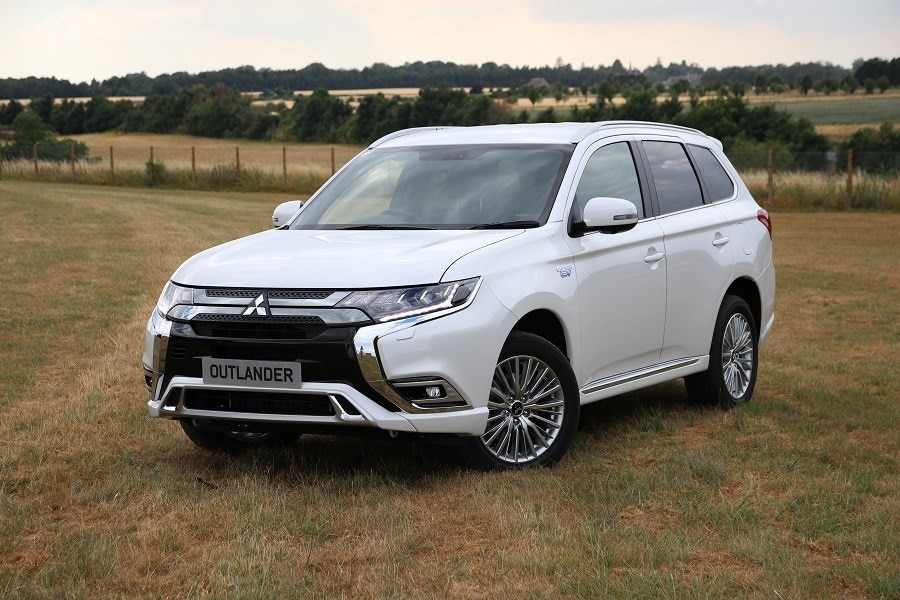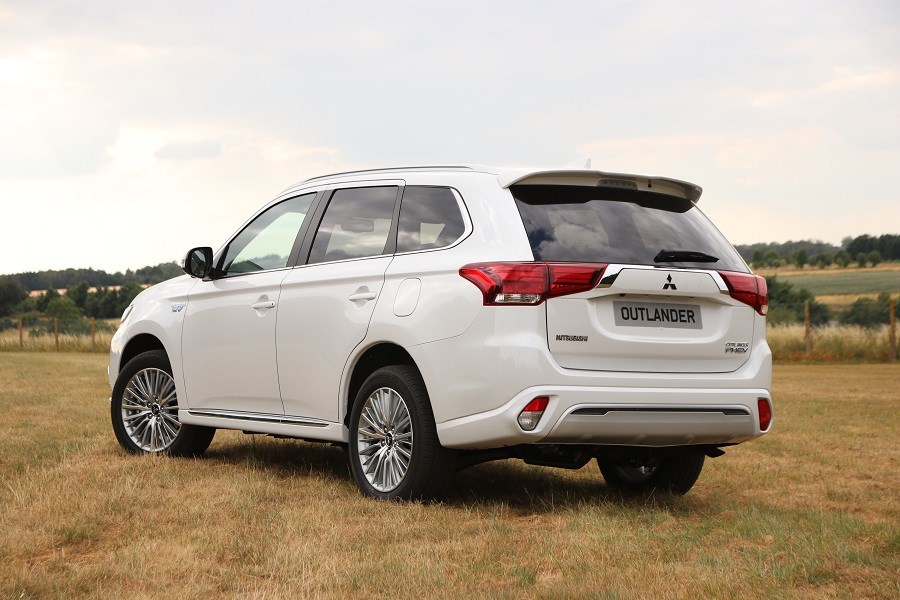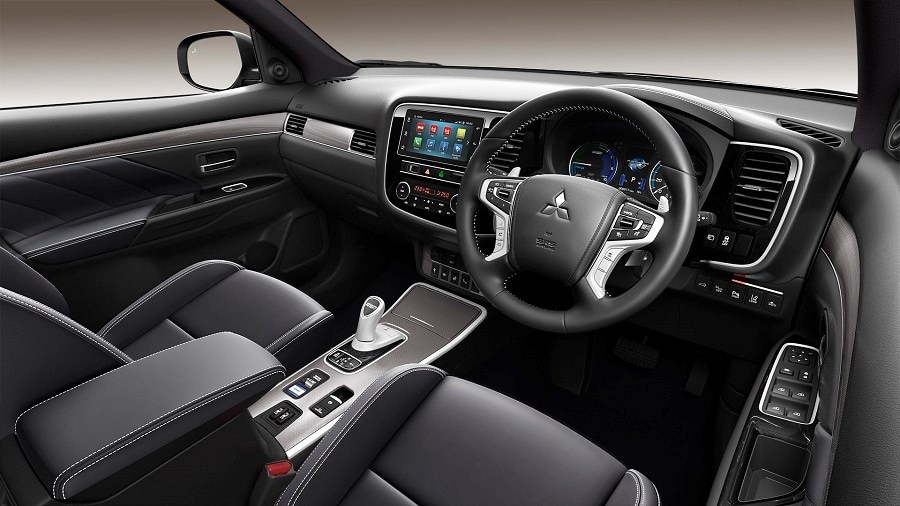Latest model
Mitsubishi facelifted the Outlander PHEV for the second time in 2018, with the updated model receiving new LED headlights, as well as a new front grille, revised bumpers, a new spoiler and distinctive 18-inch alloy wheels.
Despite the numerous changes to the Outlandser’s looks, the most notable difference to the PHEV is a new 2.4-litre petrol engine, which boasts more power and torque than the previous 2.0-lite unit. The electric motor also gained an extra 13bhp as well an increased electric range.
Improved sound deadening and more supportive front seats are part of a campaign to improve the Outlander’s cabin refinement, which is also aided by the smoother new engine. More safety kit has been fitted as standard, exemplified by the introduction of a new ‘hs’ spec, which adds features such as adaptive cruise control and automatic emergency braking.
Value for money
As with all plug-in hybrids, they are frequently more expensive to buy than petrol and diesel-powered models, such is the extra expense required in building them.
This means that the PHEV costs over £8,000 more to purchase than a petrol or diesel Outlander, with prices for the plug-in SUV starting from £36,755. It does come decently equipped for the price, with standard features including dual-zone climate control, a reversing camera and 18-inch alloy wheels, but standard safety equipment is disappointing for the price. Top-spec 5hs versions cost £46,060, which is far too expensive for what it is — even when you consider the cost savings for its drivers.
Used models, however, make a fantastic amount of sense with the cheapest versions starting from around £11,000, and around £13,000 for something with less miles on the clock. There are some excellent discounts on nearly-new models, too, with an average saving of roughly £8,000 over a forecourt fresh example.
Looks and image
The 2015 update to the Outlander introduced bold new looks, with the front end receiving an imposing chrome and gloss black front end. The most recent facelift is built on the previous enhancements, with its redesigned bumpers adopting a similar look to another Mitsubishi SUV — the Eclipse Cross. The rear isn’t quite as interesting, but the addition of a small rear spoiler is a welcome touch. Other than the occasional plug-in hybrid badge and the charging flap on the driver’s side rear-quarter panel, there’s little to show that it’s a plug-in hybrid, meaning it can quietly blend in.
However, the interior is a bit drab. Compared to newer SUVs in a similar price bracket, the Outlander’s dashboard is starting to look a bit dated, even after the car’s recent revision. On the plus side, it’s functional to use, with well-placed buttons and lots of adjustability so you can get comfortable. But the quality that you expect on a £40,000 car just isn’t there, with some of the plastics feeling a bit low-rent compared to rivals, and the central touchscreen having an aftermarket feel to it. These gripes might be forgivable if the Outlander PHEV was £10,000 cheaper, but its premium price tag leaves you somewhat subdued by the cabin.
If you spend a lot of time driving around town and favour a relaxed experience behind the wheel, the Outlander makes a lot of sense. It’s refined, quiet and feels amazingly light for an SUV. It’s also brimmed with tech to make the most of the battery power, with a special mode that can optimise the electric range for urban use. The latest facelift has given the steering extra feel and improved the refinement, but the ride still feels jittery as the additional weight from the batteries is offset by firmer suspension.


